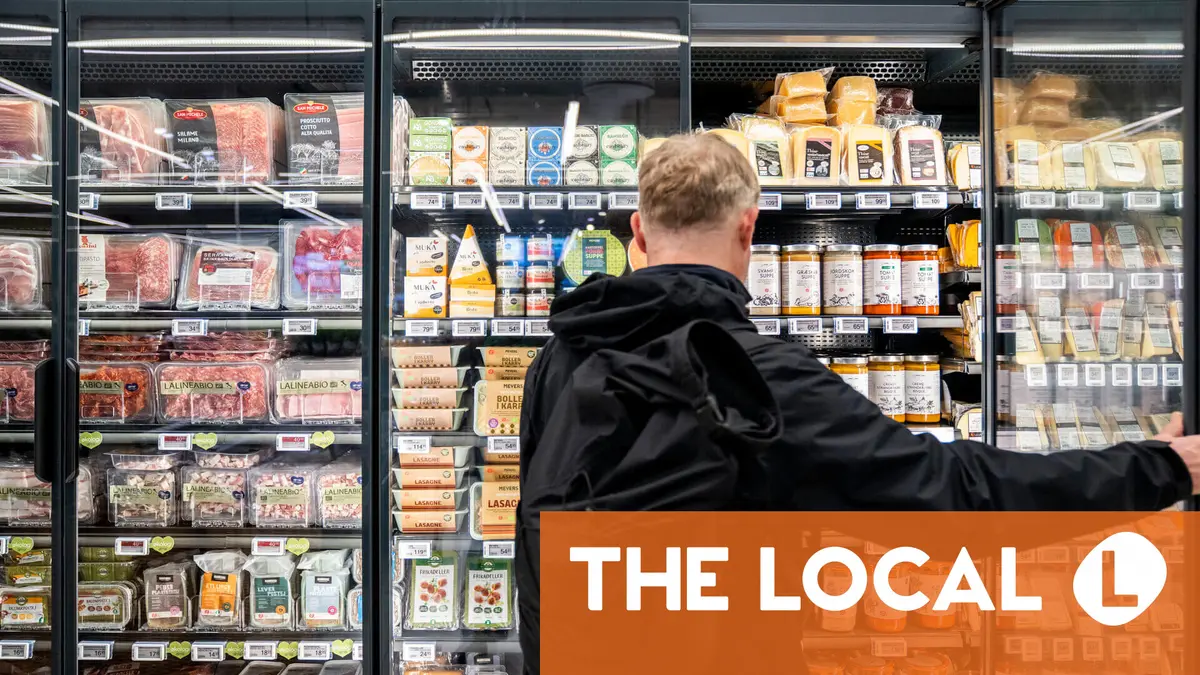Inflation is stable in Denmark but some food items have become more expensive at an alarming rate over the last year.
New data from national agency Statistics Denmark, also reported by broadcaster DR on Monday, show that food prices have risen markedly over the last year, but also within a much shorter time span of one month.
Statistics Denmark’s Forbrugerindeks or “consumer index” shows whether the most popular consumer items in Denmark are falling or rising in price due to inflation.
The current inflation rate is 2.3 percent, meaning average price rises – for services and other goods, as well as food – are at this level. For instance, something that cost 100 kroner a year ago would now cost 102.3 kroner if it had followed the average inflation.
An inflation rate of around 2 percent is considered normal, meaning inflation in Denmark currently is not a concerning amount above what you might expect.
However, some types of food are far outstripping inflation when you take a closer look at their recent price changes.
The product category “food and non-alcoholic drinks” has shown an average price rise of 6.5 percent, almost three times the inflation rate.
Advertisement
Individually, coffee is the item to have seen the most drastic change in price. Coffee is 32.1 percent more expensive now than it was a year ago.
Selected other items which can be listed among the steepest price rises are minced beef and pork (20.9 percent), chocolate (20 percent), butter (17.2 percent), fruit juice (14.6 percent), cheese (10.8 percent) and eggs (6.5 percent).
At the other end of the scale, some items are less expensive than they were a year ago, notably sugar (-18.9 percent) and olive oil (-18.4 percent). Olive oil underwent a substantial price increase in 2023, which might explain its relative reduction this time.
Experts who spoke to DR suggested a link between the inflated prices of individual items and sales figures at supermarkets.
Economist Ann Lehmann Erichsen of Sydbank said that “hard-pressed consumers must be wiping tears from their eyes when putting coffee, beef or chocolate in their shopping trolley.”
Erichsen mentioned a recent report in newspaper Jyllands-Posten article last week in which Danish supermarkets said sales of minced beef have dropped sharply.
“There is no prospect of cheaper beef for the time being, as the Danish cattle population has declined, and the same trend can be seen in Germany and the Netherlands,” she explained.
“Supply and demand are out of balance, and that is pushing prices up,” the economist continued.
